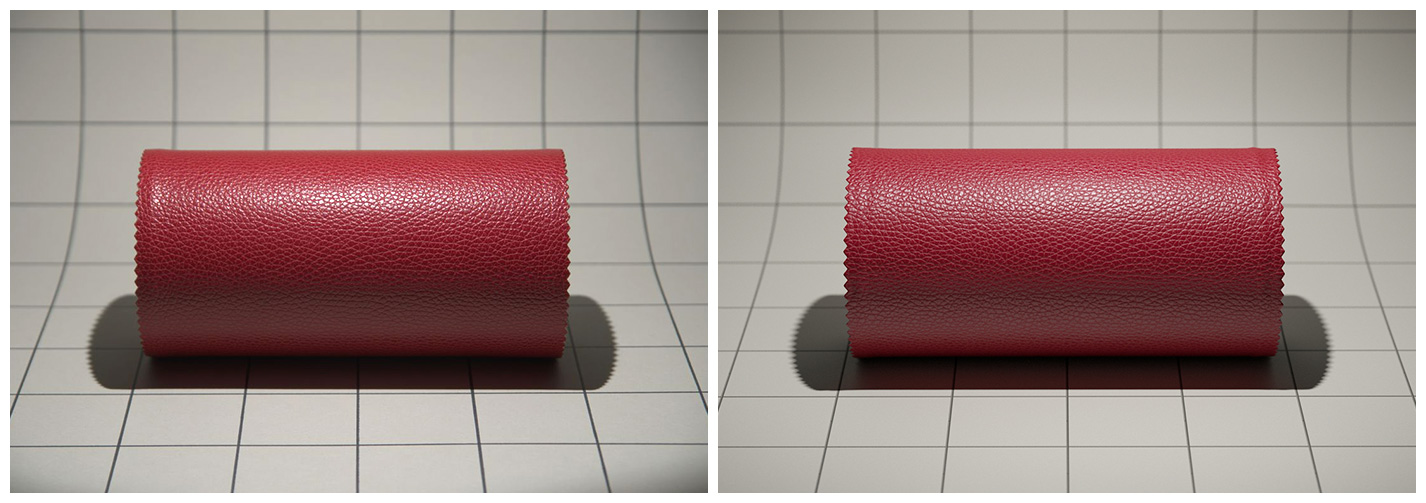
The rendering inside Grasshopper will contain all the geometry, with the flexibility to carry out real-time parametric façade adaptations. Now, all the Rhino geometry can be imported into Grasshopper via the Geometry node and connected to V-Ray within Grasshopper.

Imagine that you are modeling a whole building within Rhino, and adding a parametric façade in Grasshopper. If you’re familiar with Grasshopper, you’ll know that large Rhino scenes are often a combination of Rhino and Grasshopper geometry.

Instead, you can render Grasshopper geometry directly inside Grasshopper, in full V-Ray quality. With V-Ray for Grasshopper you no longer need to do that. Imagine that you have a very complex parametric model, and you’d like to visualize six different iterations of the design. However, the real power of Grasshopper is its parametric environment, with real-time shape shifting and countless iterations. Why is this such a big deal? Before this integration existed, any geometry created in Grasshopper had to be baked (translated to Rhino geometry), before it could be rendered inside of Rhino. V-Ray is a huge timesaver in the parametric design process Excited by this new integration, I took a dive into V-Ray for Grasshopper to see how it works, and what it can do. And V-Ray can now directly be used within Grasshopper for Rhino. With VRscans material integration, it’s easy to add incredible realism in a few clicks. V-Ray 3.6 for Rhino delivered major improvements in functionality, ease of use, rendering speed, seamless multi-platform communication, and support for Rhino 6.

We asked Imago Design founder Jan Kokol to explain what’s new, and how it’s going to change his workflow. With V-Ray for Grasshopper, included in the latest version of V-Ray for Rhino, users can create photorealistic imagery from within Grasshopper. Rendering parametric designs with V-Ray for Grasshopper


 0 kommentar(er)
0 kommentar(er)
